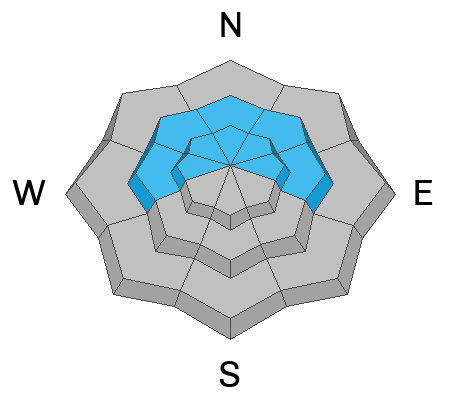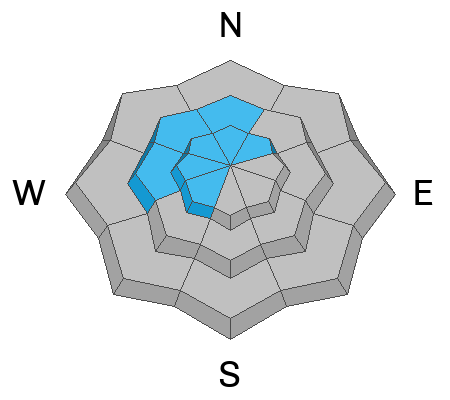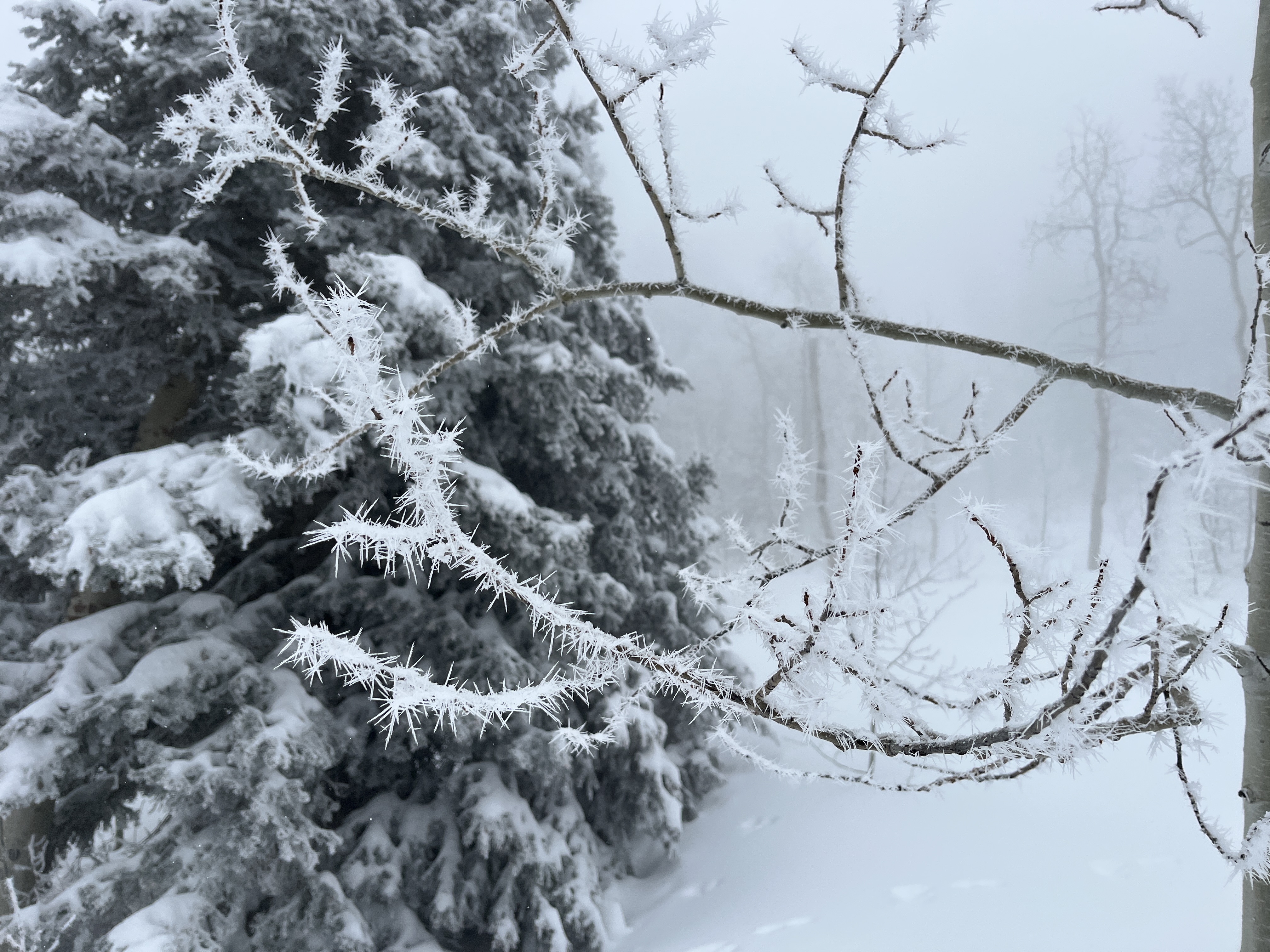Forecast for the Logan Area Mountains

Issued by Toby Weed on
Tuesday morning, January 7, 2025
Tuesday morning, January 7, 2025
There is CONSIDERABLE avalanche danger on many northerly facing mid and upper-elevation slopes steeper than 30°. Although the snow is gradually becoming more stable, people are still likely to trigger dangerous slab avalanches that fail on a persistent weak layer buried 2 to 3 feet deep.
Good riding and safer conditions are found in the meadows, in sheltered terrain, and on lower angled slopes away from and out from under steep avalanche-prone terrain.

Low
Moderate
Considerable
High
Extreme
Learn how to read the forecast here






